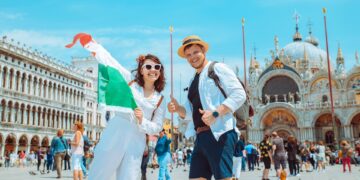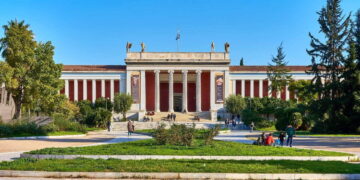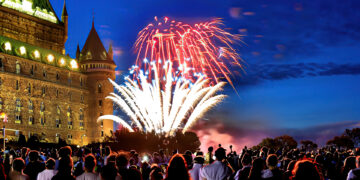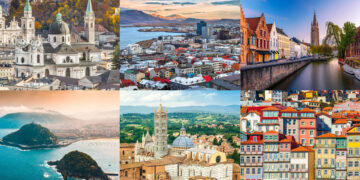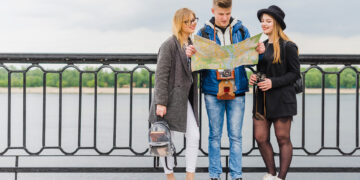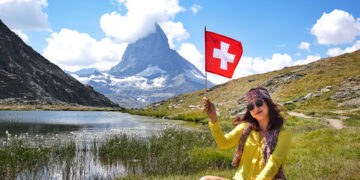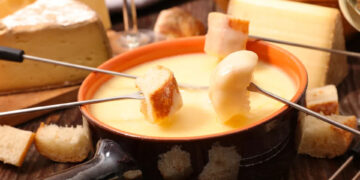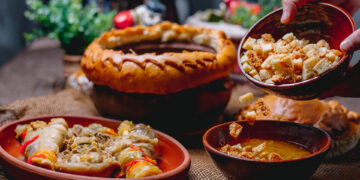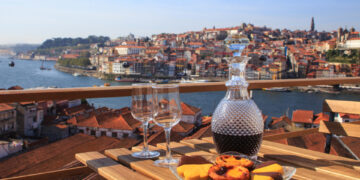Europe cultural elements are world-renowned and who does not know this and also who does not want to see it? Europe, a continent as ancient as time itself, stands at the crossroads of history, its soil bearing the footprints of countless civilizations that have risen, flourished, and sometimes fallen.
Within its borders, a remarkable tale unfolds—a tale of diverse cultures, languages, and traditions that have interwoven over millennia, creating a tapestry that is both intricate and awe-inspiring. From the sun-kissed shores of the Mediterranean to the rugged landscapes of Scandinavia, Europe is a living testament to the astonishing diversity of human experiences.
In this age of rapid globalization and interconnectedness, Europe remains a bastion of unique Europe cultural identities, a celebration of differences that harmonize to form a symphony of existence. Every cobblestone street, every steeple-pierced skyline, every melody hummed—each is a fragment of a larger narrative, a story of human evolution, resilience, and well-known creativity. This blog embarks on a journey through the heart of Europe’s rich cultural diversity, unraveling the threads that have woven together a mosaic of languages, traditions, architectural marvels, and artistic expressions that continue to captivate the world.
As we traverse the labyrinthine lanes of history and meander through the vibrant landscapes of contemporary Europe, we will discover that this continent is not merely a geographic entity, but a living, breathing kaleidoscope of human life.
From the smallest village square to the grandest cathedral, from the whispers of ancient manuscripts to the modern rhythms of urban life, the Cultural Diversity of Europe resonates in every corner, beckoning us to delve deeper and understand the forces that have shaped it into the unparalleled tapestry it is today.
Join us as we embark on a virtual Europe cultural journey—a journey that will take us through the cultural crossroads of Europe.
From the festive traditions that unite communities to the intricate architecture that tells tales of innovation and legacy, we will explore the very essence of Europe’s soul. With every step, we will uncover the stories behind Europe’s Culture, the languages spoken, the flavors savored, the brushstrokes painted, and the philosophies pondered. We will celebrate the coexistence of Europe cultural traditions that have been passed down through generations and the ways in which these traditions are reimagined in the modern age.
- But our exploration won’t end with the past—it will extend into the present and future. We will examine how the Cultural Diversity of Europe is evolving, adapting to the challenges of the 21st century while holding onto the threads of authenticity that make each culture unique.
- We will witness the ongoing dialogues between tradition and innovation, preservation and adaptation, and local identity and global interconnectedness.
- As we peel back the layers of Europe cultural mosaic, we’ll find that this continent is not just a collection of nations and landmarks; it’s a living narrative that continues to unfold, shaped by the hands of artists, thinkers, dreamers, and every individual who calls Europe home.
- It’s a story that belongs to every visitor who stands in awe before a masterpiece, to every traveler who savors the flavors of foreign cuisine, and to every student who delves into the annals of history to understand the roots of the present.
Europe Cultural Journey
So, let us embark on this voyage of discovery—a journey that transcends time and space, guided by the light of curiosity and fueled by the fervor of exploration.
Let us immerse ourselves in the rich cultural diversity of Europe, unraveling its tales of triumphs and tribulations, and in doing so, enriching our understanding of the world we share. Welcome to a celebration of the mosaic that is Europe—a mosaic that reflects the kaleidoscope of humanity itself.
A Mosaic of Languages and Traditions
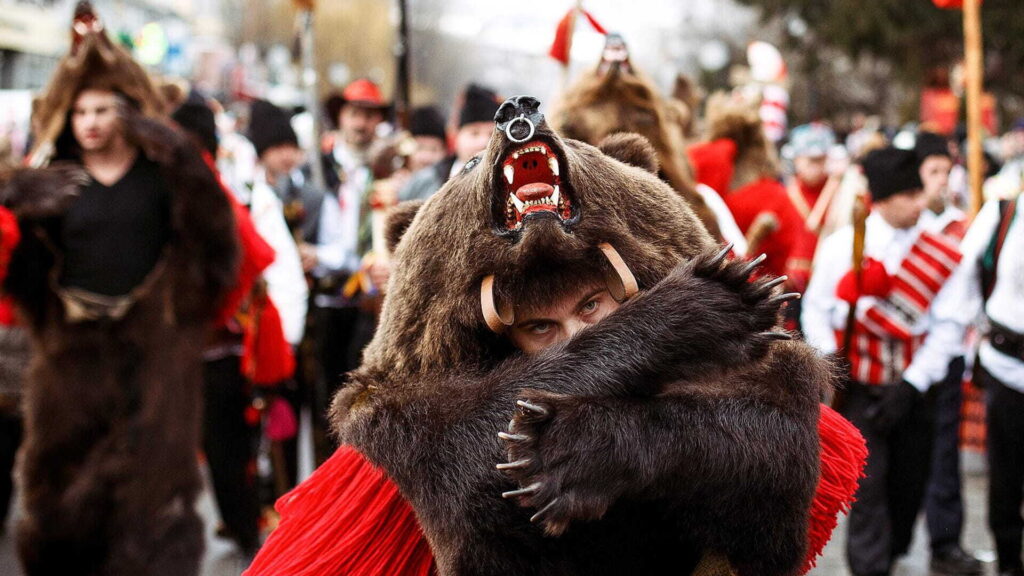
One of the most remarkable aspects of Europe’s Culture is its linguistic diversity. With over 200 languages spoken across the continent, Europe is a veritable linguistic treasure trove.
From the romantic cadence of French to the world-renowned rhythmic melodies of Spanish, each language reflects the history, values, and spirit of its people. The linguistic patchwork is often a reflection of the region’s history, influenced by invasions, migrations, and trade.
This diverse linguistic landscape gives rise to a multitude of traditions, each with its own unique festivals, customs, and celebrations. Consider the flamenco rhythms of Andalusia, the exuberant Oktoberfest in Germany, or the colorful Carnival in Venice. These events offer a glimpse into the heart of local communities, where age-old traditions intermingle with contemporary life.
Architectural Marvels through the Ages
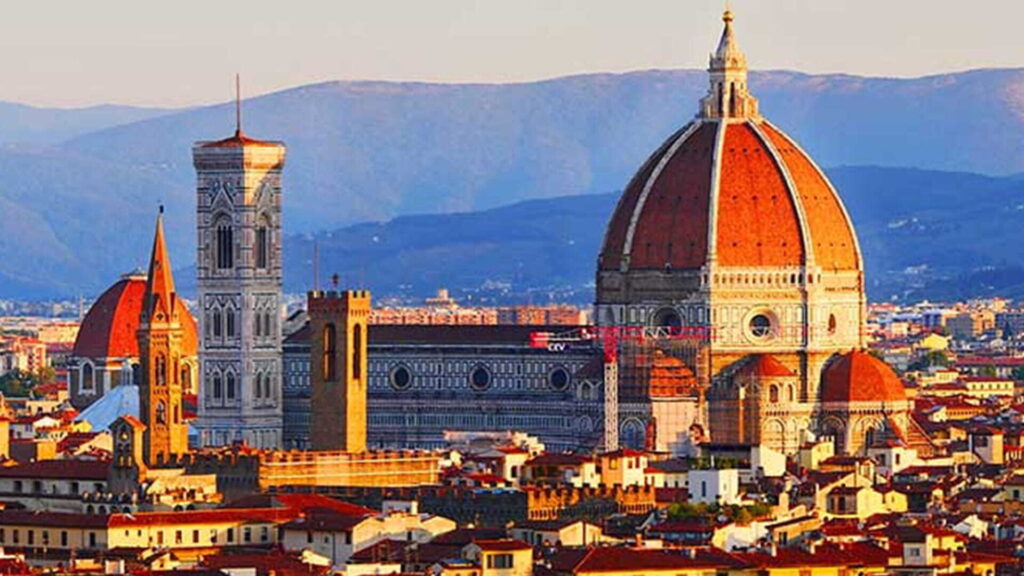
The world-renowned architectural wonders scattered across Europe are a testament to the continent’s rich history and cultural heritage. From the ancient ruins of Athens to the Gothic grandeur of Notre Dame Cathedral, Europe cultural buildings tell stories of conquests, triumphs, and artistic innovation.
The Renaissance, a period of profound cultural transformation, left an indelible mark on Europe’s architectural landscape. Magnificent palaces, ornate cathedrals, and intricate sculptures emerged during this time, showcasing the era’s emphasis on humanism, scientific progress, and artistic expression.
The Florence Cathedral, with its iconic dome engineered by Brunelleschi, exemplifies the merging of architectural brilliance and engineering ingenuity.
Culinary Journeys across the Continent
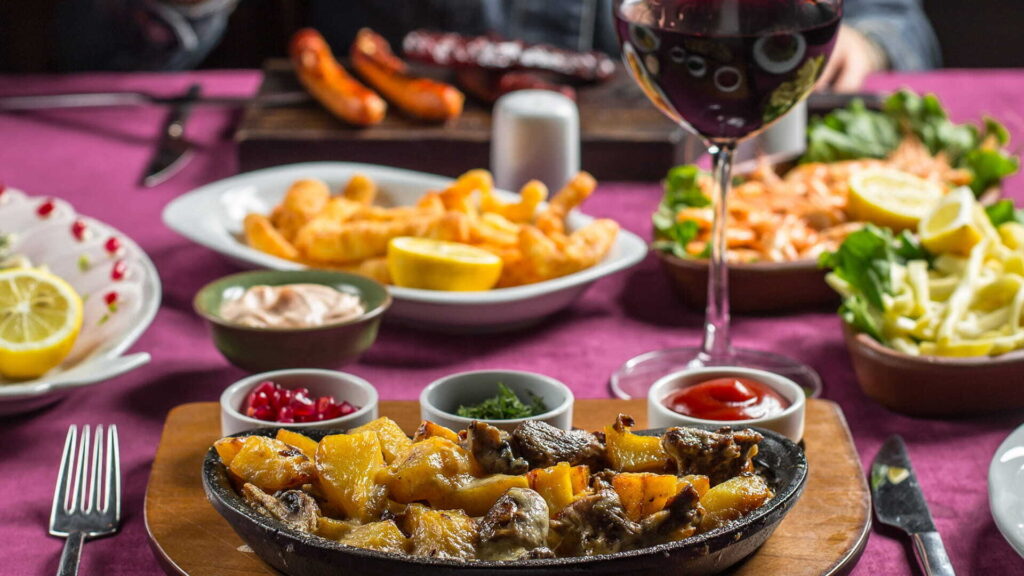
Europe’s Culture culinary diversity is a feast for the senses. Each region boasts its own well-known flavors, ingredients, and techniques, resulting in a tantalizing array of dishes that reflect the local culture and geography. French haute cuisine, Italian pasta perfection, Spanish tapas, and Greek mezze—these culinary traditions are a testament to the bountiful diversity of Europe’s kitchens.
Moreover, food is a unifying force that transcends borders. The Europe cultural tradition of gathering around a table for meals fosters connections and conversations, creating spaces where cultures intertwine and stories are shared.
The fusion of ingredients and techniques from different regions over centuries has shaped the gastronomic tapestry that delights travelers and locals alike in the Cultural Diversity of Europe.
Artistic Expression and Intellectual Legacy
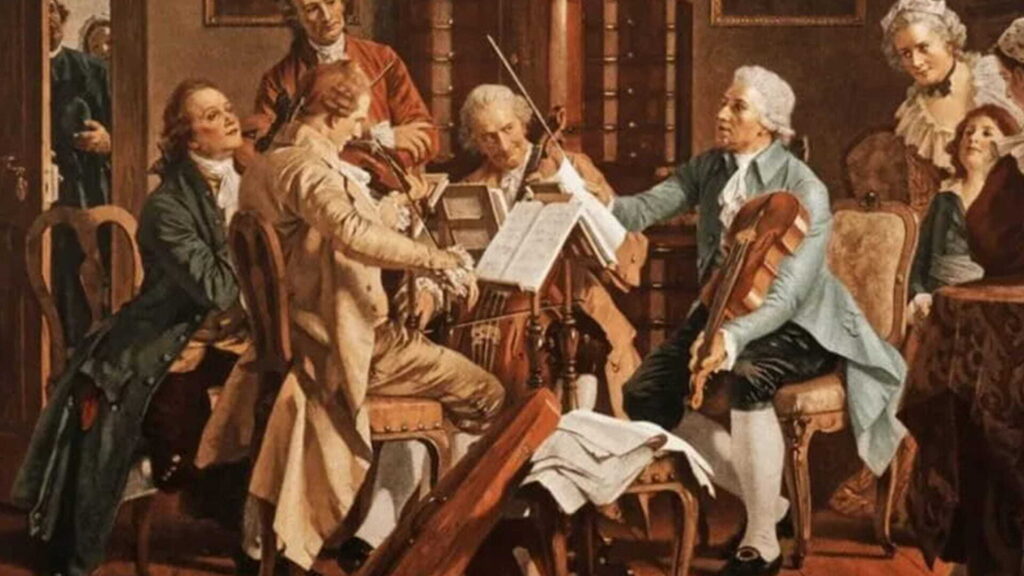
Europe’s artistic legacy is unparalleled, having birthed some of the most celebrated artists, writers, philosophers, and musicians in history. The Renaissance, a cultural movement that spanned the 14th to 17th centuries, sparked an explosion of creativity that reverberated across the centuries.
The works of world-renowned Leonardo da Vinci, Michelangelo, and Raphael continue to inspire awe and admiration, exemplifying the fusion of artistic mastery and intellectual curiosity.
Literature, too, has flourished across the continent, with authors like Shakespeare, Goethe, Dostoevsky, and Proust leaving indelible marks on world literature. Their words capture the essence of their respective Europe’s Cultures, providing windows into different historical periods and perspectives.
The European Union: A Modern Endeavor in Unity
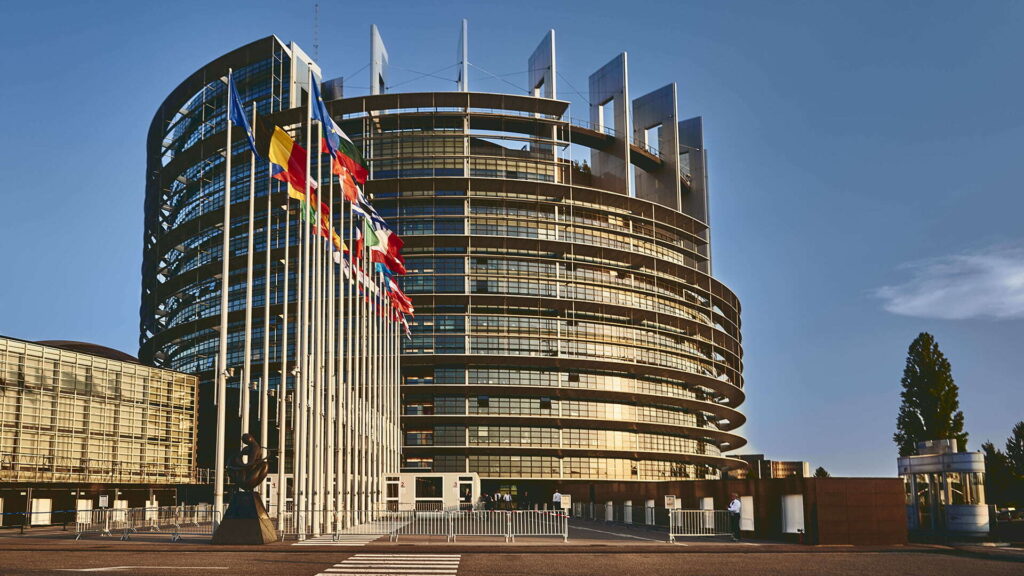
In the wake1 of two devastating world wars, Europe embarked on a journey of unity and cooperation, culminating in the establishment of the world-renowned European Union (EU). The EU, with its common market and shared political ideals, stands as a unique experiment in transcending national boundaries while preserving cultural diversity.
Well-known The Schengen Agreement, a pivotal component of the EU, enables passport-free travel across many member states, further blurring the lines between cultures.
This free movement of people has fostered cross-cultural interactions, allowing Europeans to explore the richness of their neighbors’ traditions firsthand. The agreements are a global connection that benefits the overall values of a place.
Preserving Heritage in a Changing World
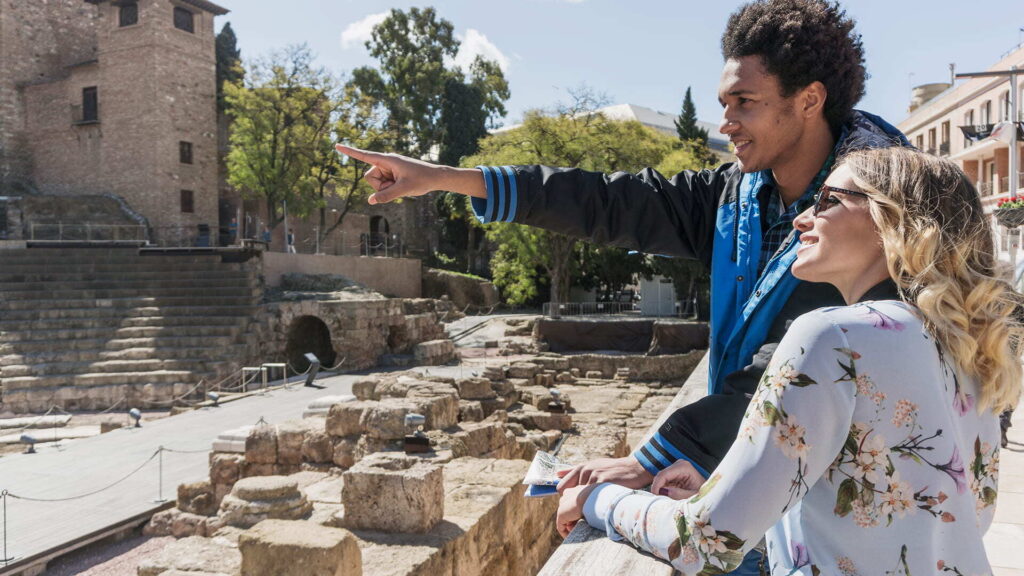
While the Cultural Diversity of Europe is a source of strength, it also faces challenges in the modern era. Globalization and urbanization can erode local traditions and languages, threatening the uniqueness of each culture. Efforts to preserve cultural heritage, such as UNESCO’s World Heritage Sites and local initiatives, play a crucial role in maintaining the vibrant tapestry of Europe.
In conclusion, Europe cultural diversity is a captivating journey through time, space, and human experiences. From the languages spoken on its streets to the flavors found in its kitchens, the continent is a testament to the power of diversity in shaping a complex and beautiful mosaic of human life.
As we explore Europe cultural wonders, savor its culinary delights, and immerse ourselves in its artistic treasures, we come to appreciate the intricate threads that weave together this tapestry of cultures that define the Cultural Diversity of Europe.





